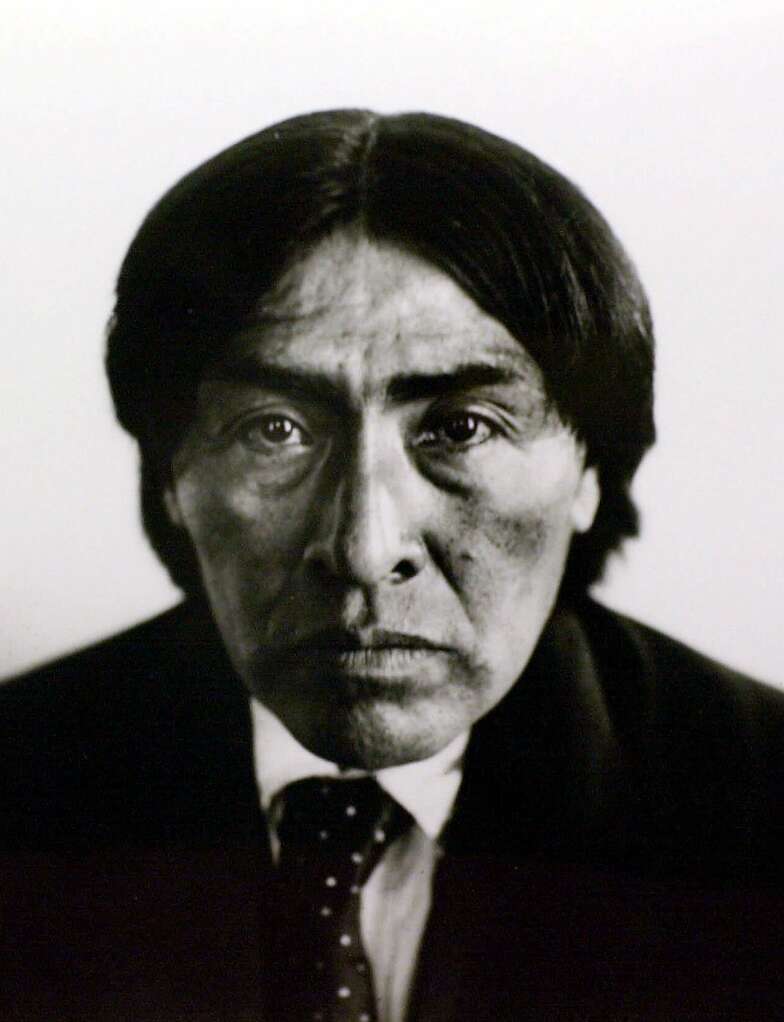
I was born and raised in Minnesota, but as an adult I have mostly lived in Europe and Africa. I teach cross-cultural management at the international business school Insead, near Paris. For the last 15 years, I’ve studied how people in different parts of the world build trust, communicate, make decisions and perceive situations differently, especially in the workplace.
While it would be nice to think that I now know it all, a recent experience reminded me that no matter how much I learn about the world’s various cultures, there will always be more to discover.
While traveling in Tokyo recently with a Japanese colleague, I gave a short talk to a group of 20 managers. At the end, I asked whether there were any questions or comments. No hands went up, so I went to sit down. My colleague whispered to me: “I think there actually were some comments, Erin. Do you mind if I try?” He asked the group again: “Any comments or questions?”
Still, no one raised a hand, but this time he looked very carefully at each person in the silent audience. Gesturing to one of them, he said, “Do you have something to add?” To my amazement, she responded, “Yes, thank you,” and asked me a very interesting question. My colleague repeated this several times, looking directly at the audience members and asking for more questions or comments.
After the session, I asked my colleague: “How did you know that those people had questions?” He hesitated, not sure how to explain it, and then said, “It has to do with how bright their eyes are.”
He continued: “In Japan, we don’t make as much direct eye contact as you do in the West. So when you asked if there were any comments,
most people were not looking directly at you. But a few people in the group were looking right at you, and their eyes were bright. That indicates that they would be happy to have you call on them.”
I thought to myself, “Now that’s not something I would ever have learned from my upbringing in Minnesota.”
The next day, after a similar presentation, I again asked for questions and comments, and again no one raised a hand. So I decided to follow my colleague’s lead. I looked carefully at all the faces, and I saw that a few people were indeed looking directly at me and that, yes, if I paused to
notice, their eyes were bright. I stepped gently toward one of them and gestured toward her, to which she responded by giving a slight nod of the head.
“Would you like to share a comment or ask a question?” I asked. She said, “Yes, thank you,” and asked an insightful question.
After the trip I returned to Insead, where the students in my executive courses are managers from all over the world. As I scanned the classroom, I felt both embarrassed and unsettled to see that I had been missing a lot of bright eyes in my classroom.
In Japan, there is an expression popular with young people: “kuuki yomenai.” Often shortened to “K.Y.,” it refers to someone who is unable to read the atmosphere. On my trip to Japan, I learned just how K.Y. I was.
But I also was reminded that, with a little curiosity and some helpful coaching, even I could improve my ability to read the Japanese atmosphere.
In today’s global economy, you might be an American giving a presentation in Japan, an Italian negotiating a deal in Nigeria or a German managing a team of Brazilians. You can do your business by email or over the telephone, or you can get on a plane. That’s the easy part; the hard part is figuring out how to conduct yourself in another culture. And a particular challenge arises when you are managing a multicultural team.
As an American working in France, I was initially surprised to hear Americans complain that their French teammates were chaotic, disorganized and always late. Some Indian colleagues, on the other hand were frustrated about those very same people being rigid and unadaptable.
And while Americans are continually tripped up by what they see as a hierarchical French system, one Chinese manager told me recently, “Working with the French is amazing because they really believe everyone
is equal, from the secretary to the chairman.”
If you interact with other cultures, it’s possible to tease out these differences. I map cultures on eight behavioral dimensions: communicating, evaluating, persuading, leading, deciding, trusting, disagreeing and scheduling. For example, the French culture falls between the American and Indian culture on the scheduling dimension — hence the opposite impressions about chaos versus rigidity.
If you find yourself leading a multicultural team, you need to find the flexibility to work up and down these dimensions. This means watching what makes local managers successful. It means explaining your own style often. It may even mean learning to laugh at yourself. Ultimately, it means learning to lead in different ways.
I try to remember that my own cultural biases continually affect my perceptions. That way, I can focus on understanding behavior in other cultures I encounter, and keep finding the bright eyes in the room.
